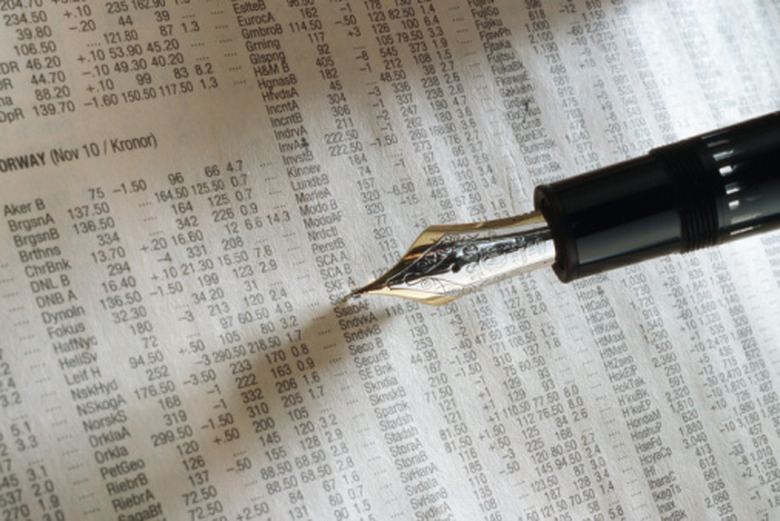How To Write The Prime Factorization In Exponent Form
The fundamental theorem of arithmetic says that each positive integer has a unique factorization. On the surface of it, this seems false. For example, 24 = 2 x 12 and 24 = 6 x 4, which seems like two different factorizations. Though the theorem is valid, it requires that you represent the factors in a standard form – as the exponents of the ordered primes. Prime numbers are those that do not have any proper factors – no factors that are not 1 or the number itself.
Step 1
Factor the number. If any of the factors you find are composite – not prime – continuing factoring until all of the factors are prime. For example, 100 = 4 x 25, but both 4 and 25 are composite, so continue until you get the following result: 100 = 2 x 2 x 5 x 5.
Step 2
Arrange the factors in terms of the primes in ascending order until you have included the largest prime factors in the factor list. For 100 = 2 x 2 x 5 x 5, this would mean 2 (two of these), 3 (none of these), 5 (two of these) and 7 and higher (none of these). For 147 = 3 x 7 x 7, you would have 2 (none of these), 3 (one of these), 5 (none of these), 7 (two of these) and 11 and higher (none of these). The first few primes in order are 2, 3, 5, 7, 11, 13, 17, 19, 23 and 29.
Step 3
Write the unique factors by writing the exponents only up until the zeros start repeating. So 100 = 2 x 2 x 5 x 5 can be written as 2 0 2 and 147 = 3 x 7 x 7 can be written as 0 1 0 2. Written this way each factorization is unique. To make it easier to read, the unique factorizations are usually written as 100 = 2^2 x 5^2 and 147 = 3 x 7^2.
TL;DR (Too Long; Didn't Read)
If you have the unique factorization of a number, it is easy to find the unique factorizations of the multiples of the number. If 100 is 2 0 2, 200 is 3 0 2, 300 is 2 1 0, 400 is 4 0 2 and 500 is 2 0 3.
Warning
If you are factoring 100, 1 and 100 are not in the factor list. They are factors, but they are not proper factors.
Cite This Article
MLA
Mano, Carlos. "How To Write The Prime Factorization In Exponent Form" sciencing.com, https://www.sciencing.com/write-prime-factorization-exponent-form-8448363/. 24 April 2017.
APA
Mano, Carlos. (2017, April 24). How To Write The Prime Factorization In Exponent Form. sciencing.com. Retrieved from https://www.sciencing.com/write-prime-factorization-exponent-form-8448363/
Chicago
Mano, Carlos. How To Write The Prime Factorization In Exponent Form last modified March 24, 2022. https://www.sciencing.com/write-prime-factorization-exponent-form-8448363/
